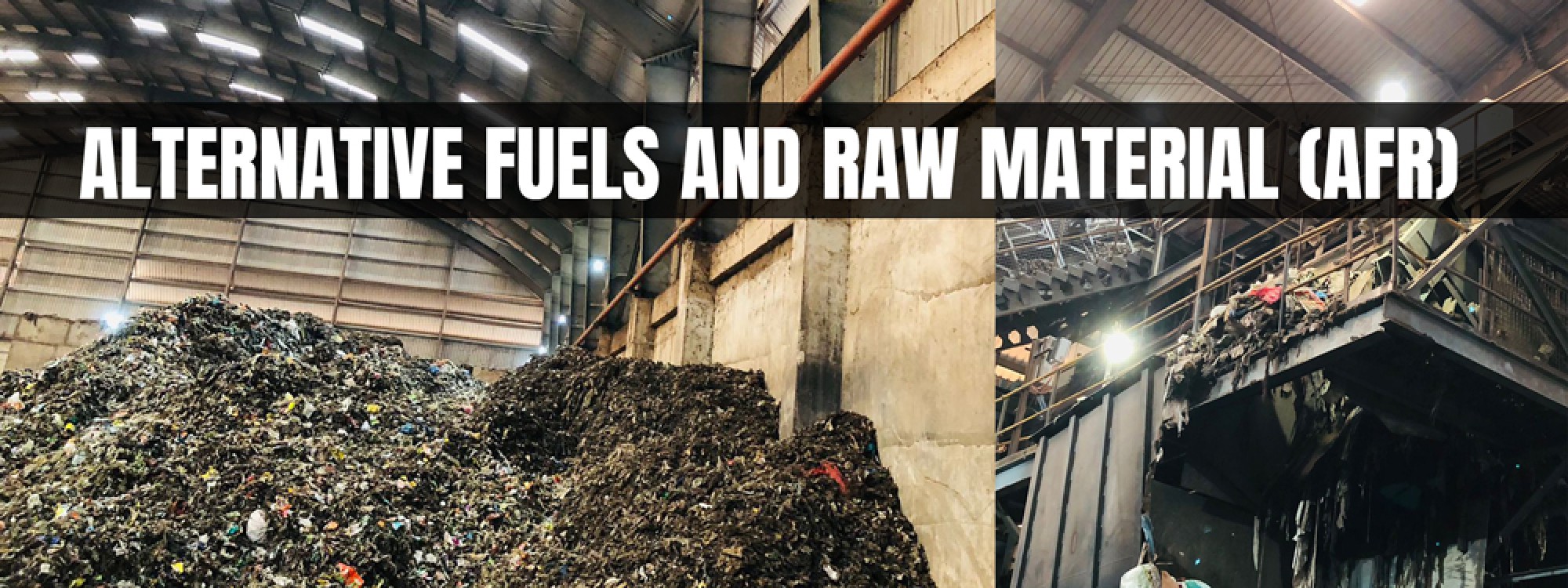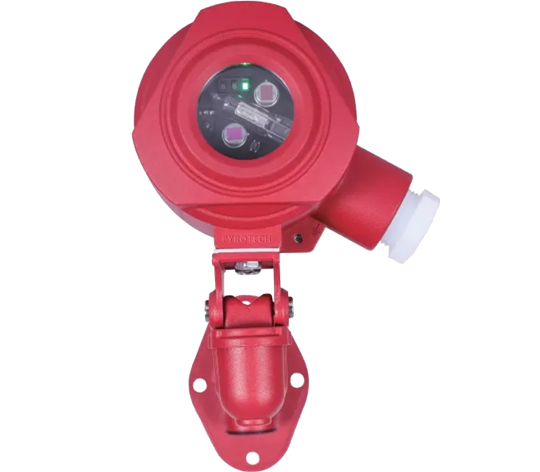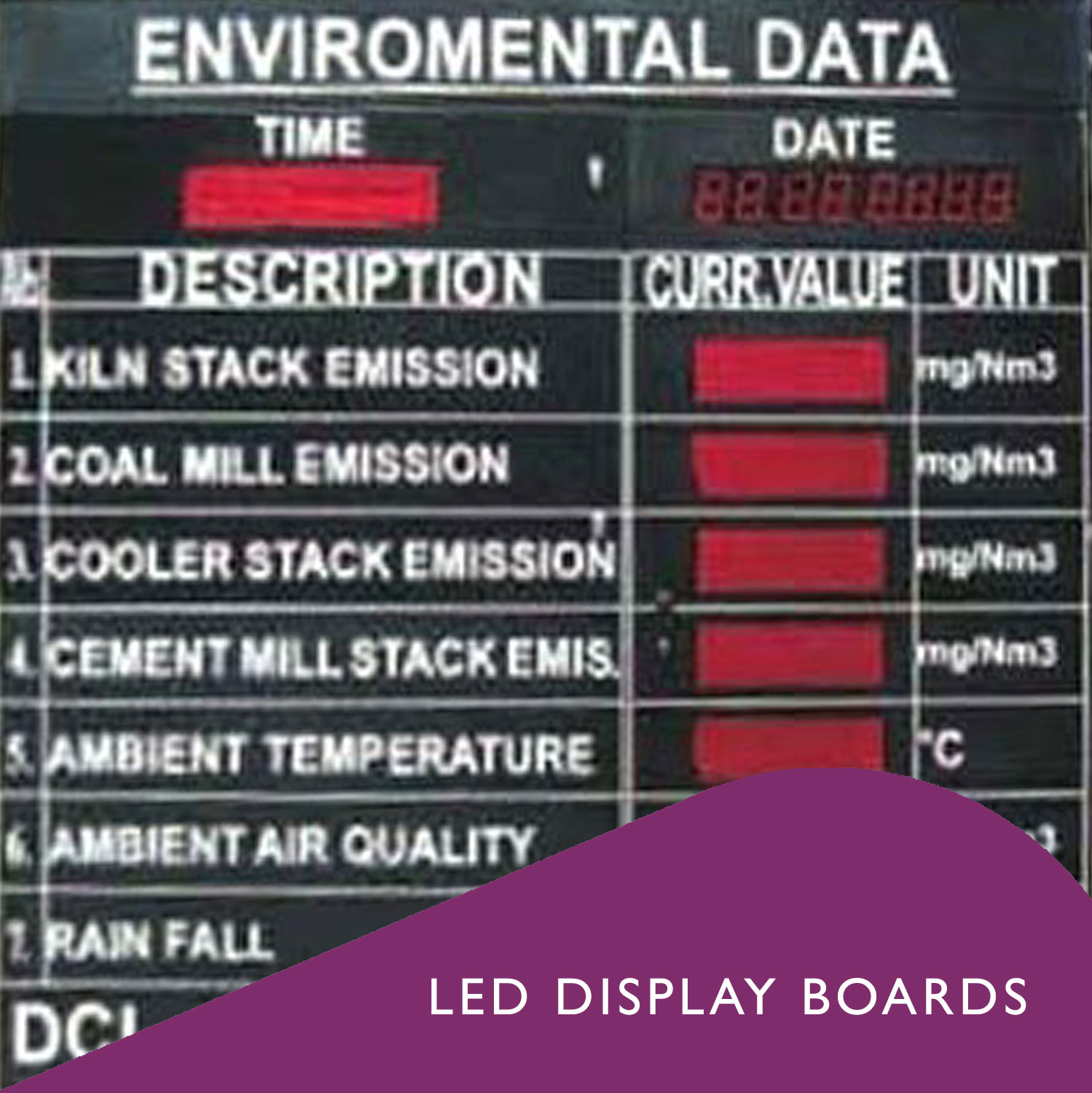Enhancing Safety with Fire Detection & Flame Detection Systems in AFR (Alternative Fuels and Raw Material)

Enhancing Safety with Fire Detection & Flame
Detection Systems in AFR (Alternative Fuels and Raw Material) Operations for
Cement Plants
As the cement industry increasingly embraces
sustainability through the use of Alternative Fuels and Raw Materials (AFR),
safety challenges emerge. While AFR solutions—such as waste materials, biomass,
and recycled products—help reduce the environmental footprint of cement
production, they also introduce new hazards, particularly related to fire and
explosion risks. Fire Detection & Flame Detection Systems are
pivotal for ensuring safety in these complex and combustible environments.
The Importance of Fire Detection in AFR Operations
AFR operations bring various highly combustible
materials into cement plants. These materials, which include plastics,
solvents, tires, and other waste products, can ignite easily if not handled
with care. Adding to this, cement plants typically have high-temperature
processes, large quantities of dust, and a constant flow of raw materials—all
factors that heighten the risk of fire. Therefore, it’s crucial for cement
plants utilizing AFR to implement advanced fire detection systems.
Key Fire Hazards in AFR Operations
- Storage and
Handling of AFR: Materials like
tires, plastics, and solvents can catch fire under high temperatures or in
the presence of a spark. Mismanagement during storage or transfer could
trigger dangerous incidents.
- Conveyors and
Feed Systems: These systems
transfer AFR materials into the kiln. A fire on a conveyor belt, often
from friction or dust ignition, can spread quickly and be catastrophic if
not detected early.
- Kiln Operations: Kilns in cement plants operate at extreme
temperatures. While essential for cement production, these high
temperatures can ignite combustible AFR, especially if materials
accumulate or clog in unexpected places.
- AFR Preprocessing: Grinding or shredding AFR materials can generate heat, dust, and sparks, creating a fire-prone environment.

Role of Flame Detection Systems in Cement Plants
While fire detection systems sense the presence of
heat or smoke, flame detection systems are specialized to quickly detect
open flames, often before a fire has time to escalate. These systems are
particularly important in AFR operations where the potential for an
instantaneous fire outbreak is high due to the nature of the materials being handled.
Types of Flame Detection Technologies
- Ultraviolet (UV) Flame Detectors: UV detectors are sensitive to the ultraviolet
radiation emitted by flames. They are excellent for detecting fast-burning
fuels, such as the alternative fuels used in cement plants.
- Infrared (IR)
Flame Detectors: IR detectors
respond to the infrared radiation emitted by hot gases and flames. These
are effective in detecting slow-burning fires, which may occur in
situations where materials like biomass are ignited.
- Combination
Detectors (UV/IR): For
environments like AFR operations, where various types of fuel and material
are involved, combination detectors offer increased accuracy by detecting
both UV and IR wavelengths, minimizing false alarms and improving response
times.
Benefits of Installing Fire & Flame Detection
Systems in AFR Operations
- Early Detection
& Rapid Response: Modern
fire detection systems are equipped with advanced sensors capable of
detecting even the slightest traces of smoke, heat, or flames. Early
detection enables plant operators to react promptly, containing fires
before they escalate.
- Minimizing
Downtime and Operational Losses:
Cement production is a continuous process, and any disruption caused by a
fire can result in significant downtime and financial losses. By
implementing effective detection systems, fires can be stopped before they
cause extensive damage, reducing operational interruptions.
- Ensuring
Compliance and Safety Regulations:
Cement plants must adhere to stringent safety regulations, especially when
dealing with combustible AFR materials. Fire and flame detection systems
help cement plants meet safety standards, avoid penalties, and
maintain operational licenses.
- Protecting
Employees and Infrastructure:
The primary goal of any safety system is to protect lives. Fire detection
systems act as the first line of defense, ensuring employees are evacuated
and fire response teams are alerted in the event of an emergency. These
systems also protect the valuable infrastructure and machinery involved in
cement production, preventing costly damage.
- Adaptable to
Harsh Environments: Cement
plants operate in extreme conditions with high dust levels, vibration, and
heat. Advanced fire and flame detection systems are designed to perform
reliably even in these harsh conditions, providing consistent monitoring
without being affected by environmental factors.
Conclusion: Safety First in Sustainable Cement
Production
As the cement industry transitions toward more
sustainable practices through the use of AFR, the associated fire risks cannot
be overlooked. By integrating state-of-the-art fire detection and flame
detection systems, cement plants can ensure safe, continuous, and efficient
production while mitigating the risks introduced by alternative fuels.
The right safety infrastructure not only safeguards the plant’s operations and personnel but also strengthens the long-term viability of AFR adoption in cement manufacturing, promoting a greener, more sustainable future for the industry.
Embrace innovation—secure your AFR operations with fire and flame detection solutions!
Onsite Testing of Fire Detection System in AFR






